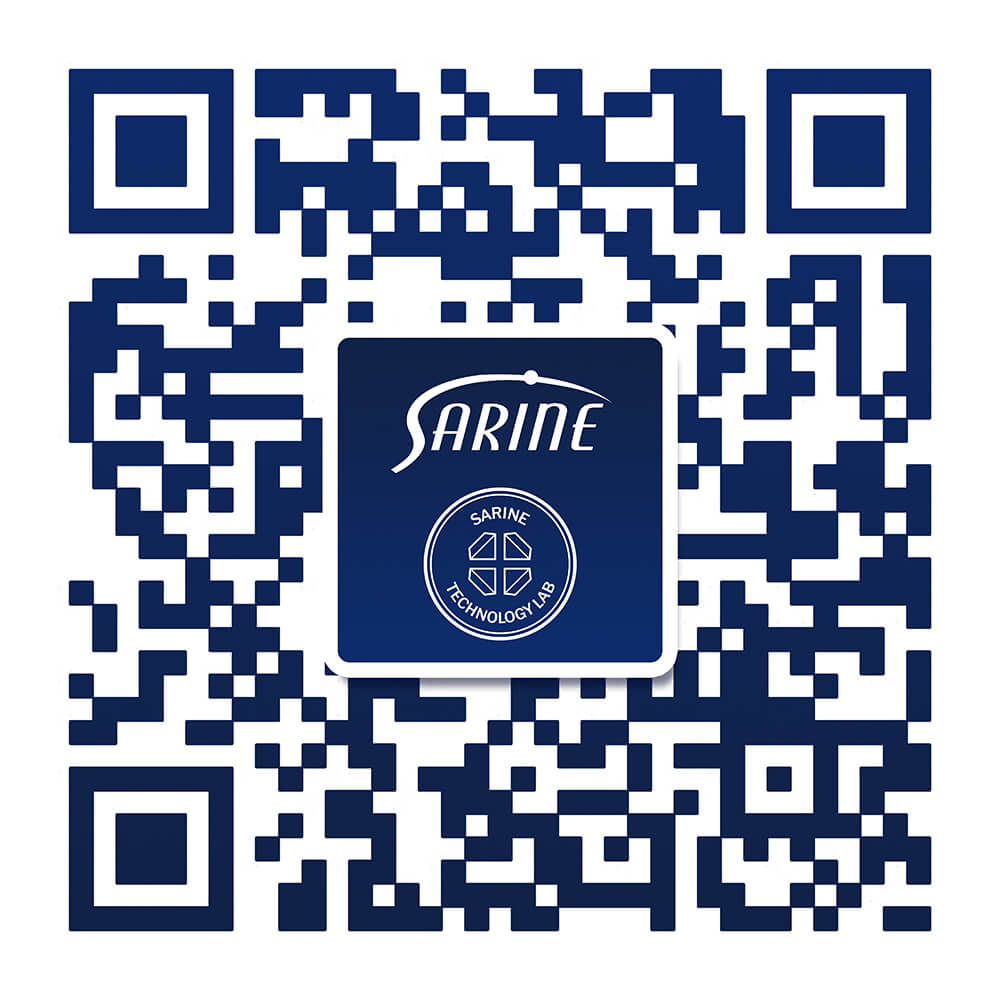Since the mid-20th century, the 4Cs have been the global standard-bearer of a diamond’s beauty, rarity, and value. Most consumers seriously looking to buy a diamond will have come across the concept of the 4Cs and will use these gradings as a guide to help them in the purchasing process.
Of course, with the explosion of online information, there is more than ever to read and research about the 4Cs. When was the last time you Googled “how to choose a diamond”? This simple online search will return a quarter of a billion results.
With so much information available at the click of the mouse, it is natural to assume that today’s customers are better informed and have deeper knowledge about the diamond and the 4Cs gradings. However, that doesn’t seem to be the case. Head to Google again and search for “trust among diamond consumers”. You’ll get over 20 million results. Consumer trust in the diamond industry is still an issue of concern, even today. More information doesn’t necessarily translate to better knowledge and better decision making. That’s why diamond retailers need to find ways to help their customers comprehend a diamond’s true beauty and character. And that’s where light performance can be a lifesaver on the sales floor.
Light Performance: A New and Better Way to Assess a Diamond
Unlike other gemstones, a diamond’s appearance is a direct result of the way it interacts with light. When light enters a diamond, it bends and refracts. It then exits the diamond and returns to the eye of the viewer. Every diamond interacts with light in a different way, due to the size, type, and location of its unique birthmarks (its inclusions and flaws), and the way it was cut and polished. Therefore, no two diamonds will have the same light performance.
The 4Cs grading standard covers just four aspects of a diamond: carat weight, color, cut and clarity. These can’t properly assess a diamond’s unique appearance, because they don’t address the one thing that matters most: the diamond’s individual play with light. That is why two diamonds that have the same or similar 4Cs gradings, can have a completely different appearance in the light, and consequently, a (sometimes even significant) gap in pricing.
How is it possible for diamond sellers to explain the difference in price between two diamonds with similar 4Cs gradings? More pressing, how can sellers show their customers the difference between these two diamonds, helping them make a confident diamond decision? With the new diamond dimension - Light Performance.
The light performance dimension is scientifically devised to accurately and objectively grade a diamond’s interaction with light, based on four key visual parameters: Brilliance, Sparkle, Fire and Light Symmetry.
In this first part of this blog series, we’re going to take a closer look at one of the four light performance parameters, Brilliance. What is it and what does it tell us about the diamond?
Brilliance: See the White Light
Brilliance in diamond light performance is defined as “the intense white light that radiates from the diamond.”
How is this measured? The Sarine Light™ light performance measurement device utilizes special camera imaging technology to scan the diamond and record three components of a diamond’s appearance: Y (luminance), which represents the perceived brightness of an image in black-and-white (achromatic), and U and V (chrominance), which represents the color components of the image.
Grading a diamond’s Brilliance focuses on the Y (black-and-white luminance) of the diamond. Brilliance is calculated as the average gray level of the diamond, determined via a composition scanned image based on multiples images of the diamond taken by the Sarine Light camera technology.
The higher the gray level, the higher the brilliance level will be. There are five levels of Brilliance attributed to the light performance of diamonds analyzed by Sarine’s light performance technology: Exceptional, Very High, High, Standard and Minimum.

The Brilliance measurement is just one of four light performance parameters that form the basis of a diamond’s overall light performance grade.
As part of the Sarine diamond reports, Brilliance is a clear, engaging way to describe a diamond’s unique visual appearance and character to consumers. It also provides a visual foundation to explain the difference between diamonds that have similar or identical 4Cs gradings. A range of visual merchandising tools, including Sarine’s Light Performance Scale Display, is designed to help retailers with the tricky task of differentiating the qualities of their diamond inventory to customers in store.
To find out more about the science of light performance, read our latest whitepaper.

Stay tuned for more posts examining the other light performance parameters: Sparkle, Fire and Light Symmetry.




-1.jpg?width=310&name=blog_image%20(003)-1.jpg)





